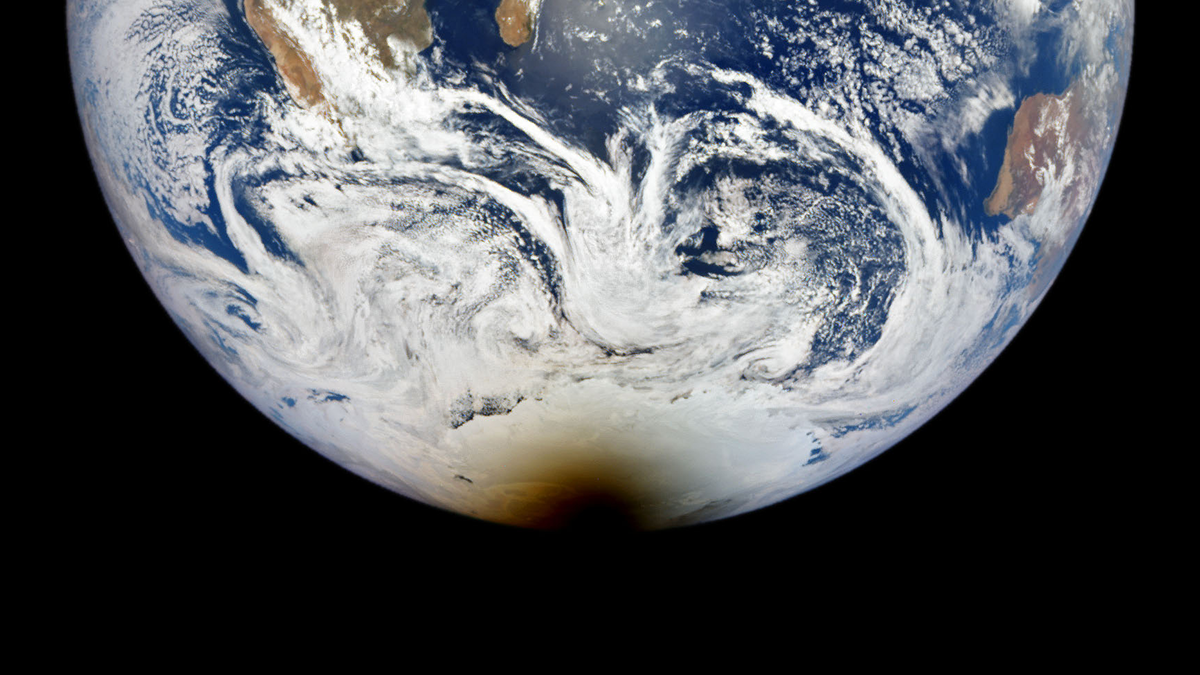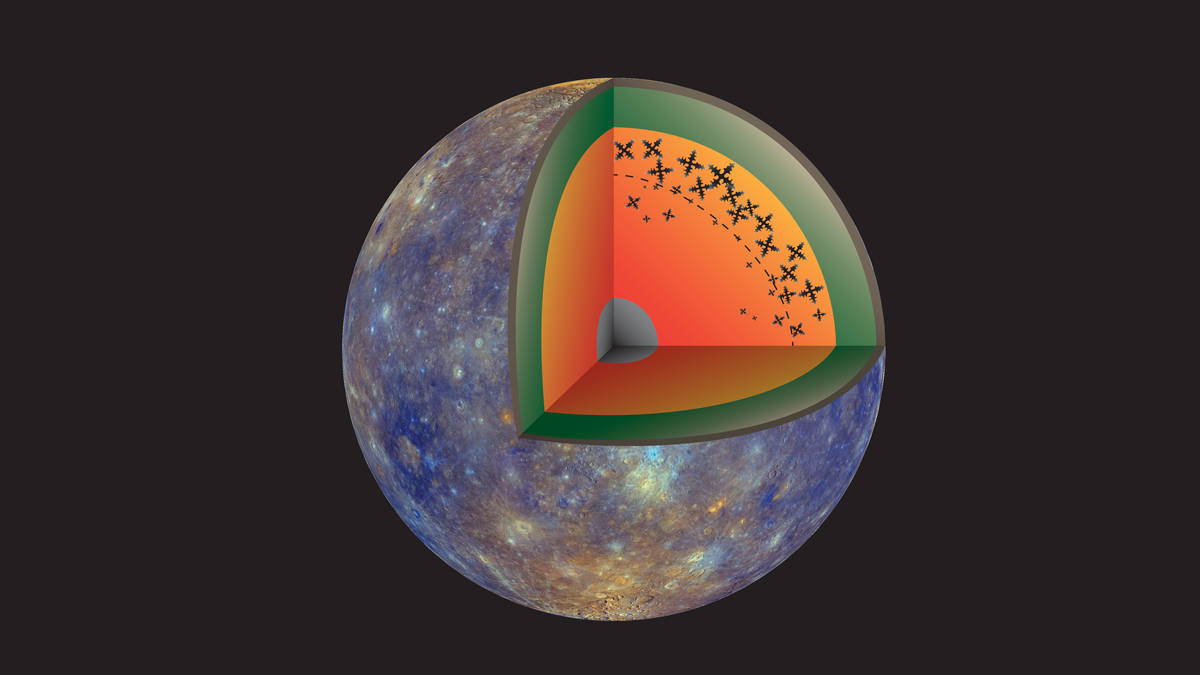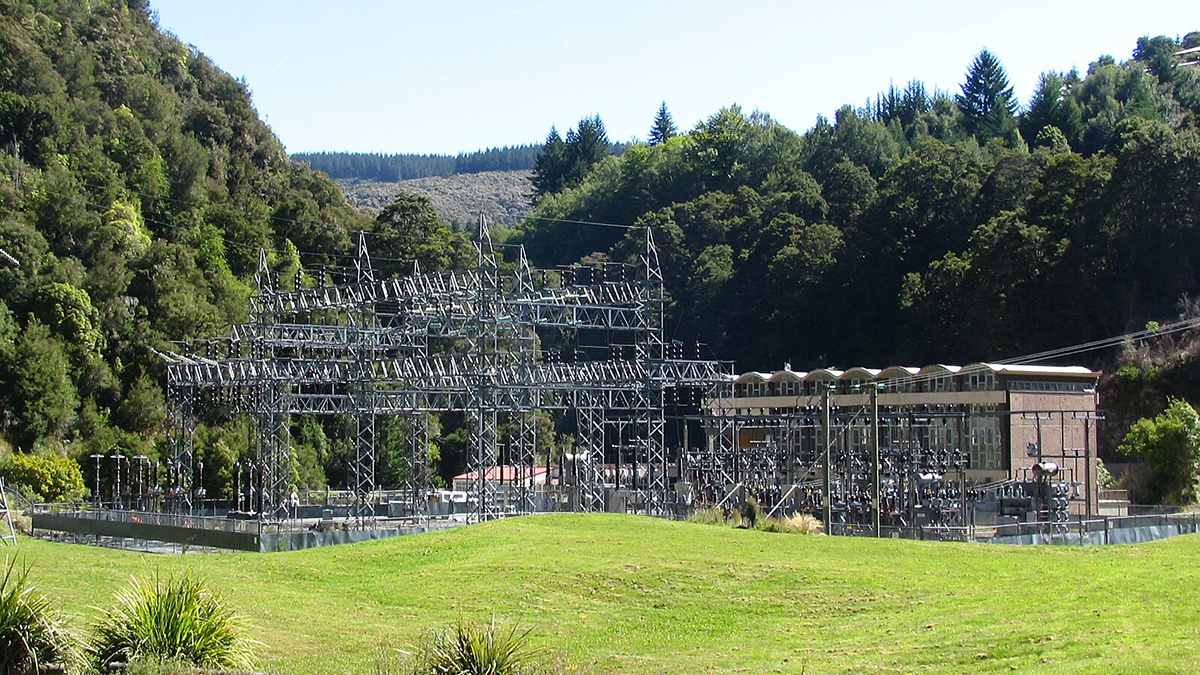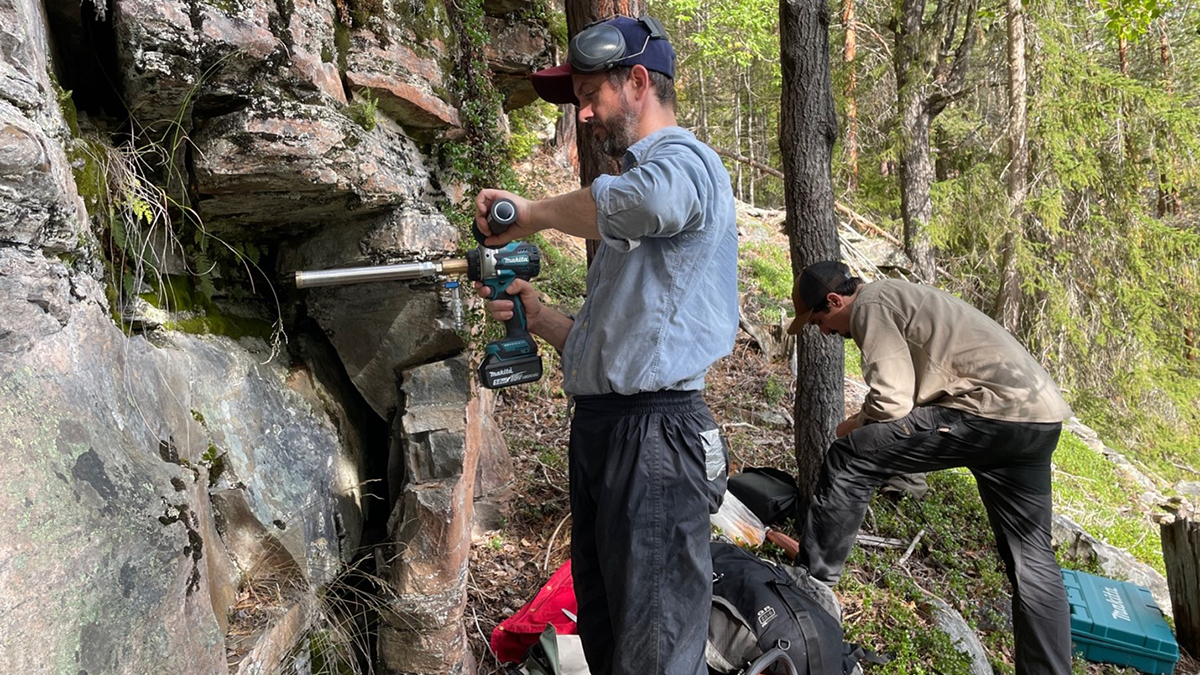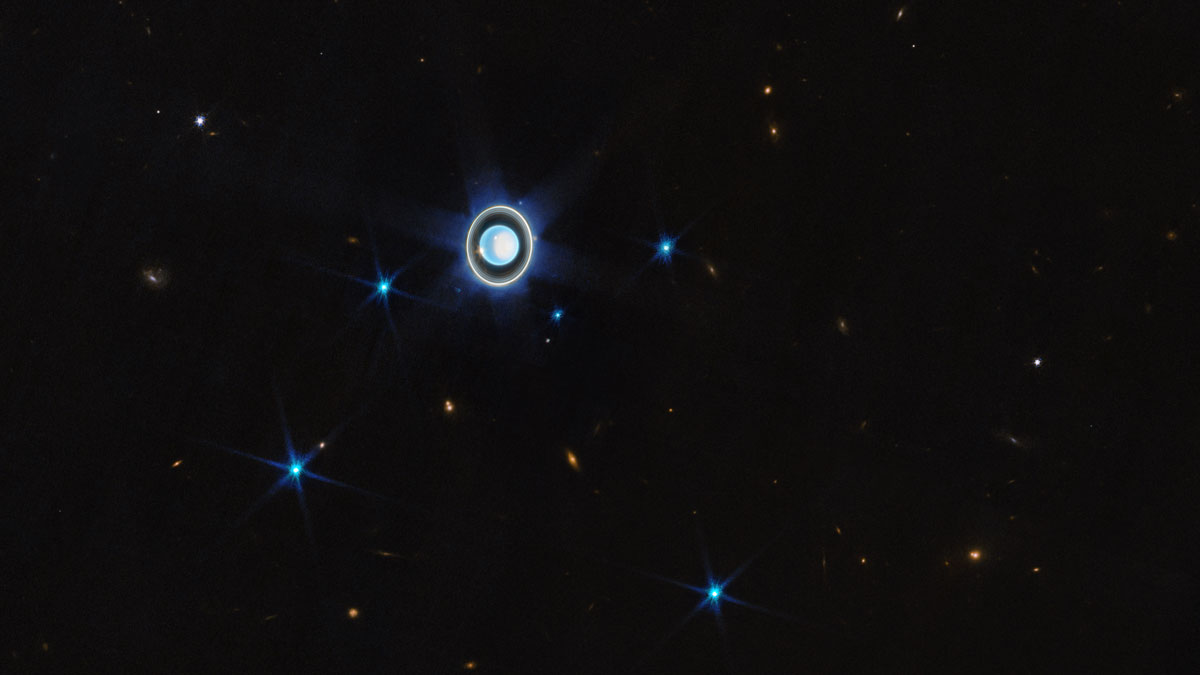A new book explores the fundamental role that helicities play in different astrophysical and geophysical phenomena and presents perspectives from various scientific disciplines that study them.
magnetic fields & magnetism
Solar Eclipses May Initiate Disturbances in Geospace
The statistical evidence from 21 years of data suggests that a solar eclipse may trigger a geomagnetic substorm, which is a disturbance in the Earth’s magnetosphere and ionosphere.
Iron Snow Ebb and Flow May Cause Magnetic Fields to Come and Go
Lab experiments find that iron crystals in planetary cores may form in bursts, causing periodic dynamos.
Lightning Struck Down as Source of a Venus Whistler
Whistlers were a key piece of evidence in favor of Venusian lightning. New measurements question the connection.
Protecting Power Grids from Space Weather
A new paper explores ways to mitigate the impact of geomagnetically induced currents on the New Zealand power grid.
Solar Storms May Scramble Signals for Migratory Birds
Birds use Earth’s magnetic field to migrate, but severe space weather may interfere with navigation and reduce the number of birds in the sky.
Should I Stay or Should I Go…To Another Paleomagnetic Site?
When collecting a finite number of paleomagnetic samples, having more sites, each with only one sample, achieves superior results compared to sites with multiple samples.
Aurora Records Reveal Shortened Solar Cycle During Maunder Minimum
Fastidious night sky observations from Korean historical texts provide a novel source of evidence for an altered solar cycle during periods of low magnetic activity.
Uranus: Time to Boldly Go
Scientists say now is the time to unlock the secrets of Uranus and suggest a low-cost, low-risk way to do so.
Probing Rare Hot Plasma Flows in the Upper Atmosphere
Postmidnight flows appear to be triggered by the same mechanism that drives more frequently observed evening flows.


